Why do we need trees? There are so many reasons! They offer us myriad benefits and services, many of which we take for granted. Read on to find out more...
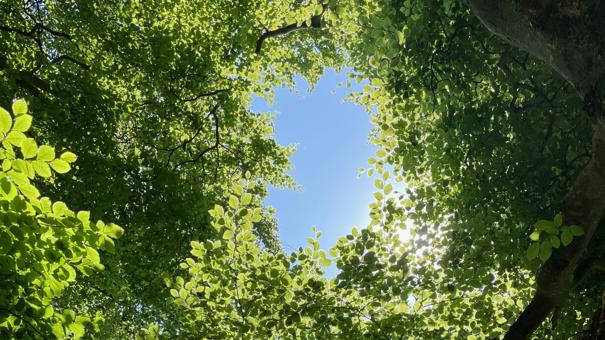
Trees, woods and climate change
Trees help to mitigate climate change and allow us to adapt to it. They absorb and store CO2 from the atmosphere but also defend us against the intensity of extreme weather events. (During the UK 2022 heatwave, temperatures were 15C lower in one Lake District forest compared to open grassland nearby)
Trees and woodlands also improve air quality, protect soils, reduce flooding and host a huge range of biodiverse species.
By harvesting timber sustainably and using it for building, we can remove carbon from the atmosphere for many decades. The benefits are much greater when timber is replacing carbon-intensive materials such as steel and concrete.
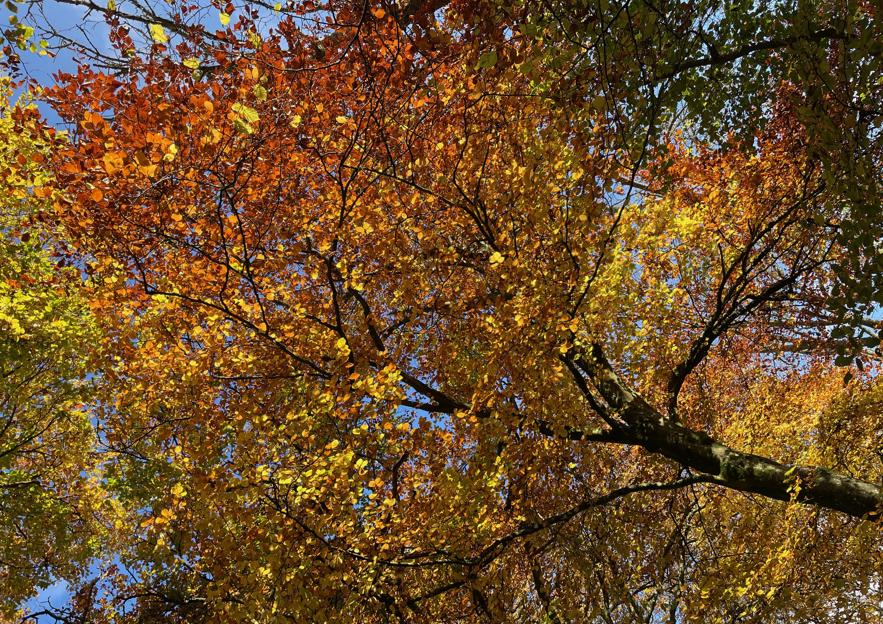
Biodiversity
The South Downs has more woodland than any other National Park in England or Wales, more than 20% - with the abundance of trees forming a vital component of the ecosystem and landscape.
Locally, our woodlands are home to a wealth of wildlife, from shade-loving plants and delicate fungi, to nesting birds, elusive mammals and rare insects. Ancient woodland in particular supports more species than any other land-based habitat. Having many different types of trees in a woodland ensures many different types of species can live there. For example, ash trees support 955 different species and oak supports 2,300.
To thrive without the large animals which once disturbed them, our woodlands need to be managed. Light needs to reach plants and flowers on the forest floor to ensure they can in turn support the animals which rely on them for habitats and food.
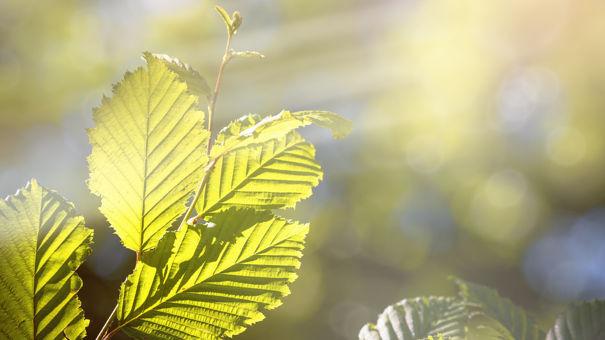
Making our lives better
Our woods are a delight for the senses. From the mid-morning sun breaking through the canopy, to the smell of new flowers rising through the rested winter soil, or the symphony of bird and bug song, woodlands can fuel the imagination.
For every breath of air and every mouthful of food, we depend on the natural services healthy ecosystems provide. Our whole society and agricultural system relies on the biodiversity of pollinators, soil organisms, natural predators of crop pests, and many more.
Wander through the dappled light of the hanger woodlands above Selborne or Hawkley, or the otherworldly Kingley Vale at Chilgrove, or explore mysterious places like Ebernoe Common with its ancient wood pasture. Stand on Blackdown and see a patchwork of woods, hedges and ancient trees to the horizon.
Our trees and woodlands give us cleaner air, offer protection from flooding, and store carbon - vital if we're to prevent catastrophic climate breakdown. In Great Britain, the value of trees alone for flood protection is estimated to be £6.5 billion.
Biodiversity also enriches our lives. We value the chance to get close to nature, and there's a growing mountain of evidence to show that woods are good for our mental and physical well being.
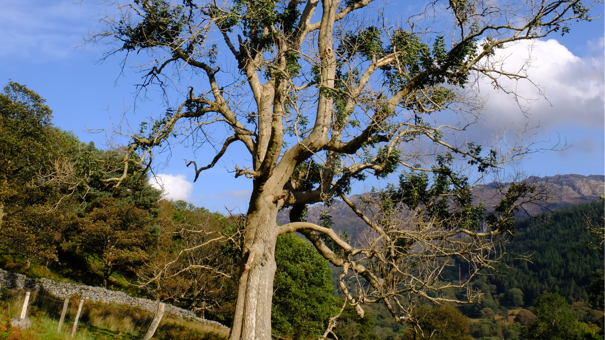
Threats
But trees and woods are also threatened by climate change. A 2019 study found that climate change could cause trees to “live fast and die young”, reducing the ability of forests to act as a carbon sink over long timescales. With climate change, the predictions are that our trees will also become more stressed and less able to defend themselves against a pest or pathogen.
New pests and diseases can have a major impact. For example ash dieback is expected to kill up to 80% of the UK’s ash trees. A fungal disease native to Asia, it has been present here for more than a decade. It weakens a tree’s canopy, branches and trunk and has a 70% mortality rate over a period of 10-15 years.
At the same time the warming temperatures caused by climate change increase the risk that more pests from warmer climates will be able to survive in the UK.
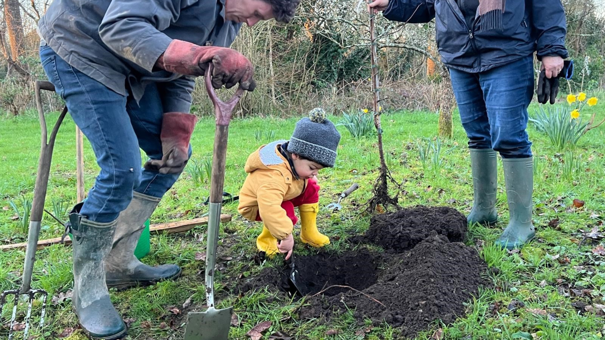
Need for Action
In the UK our woodland cover is one of the lowest in Europe, and we need to do more to increase it to help meet the needs of our wildlife. Even in the wooded South Downs, if we don't protect what we have left and work to create woodlands of the future, we stand to lose more than just trees.
Conserving our woods is not without its challenges. Pests and diseases such as ash dieback and Dutch elm disease are growing concerns in the South Downs and across the country and will change our landscape dramatically.
But, through active management and maintaining a good diversity of tree species, we can significantly improve the chances for our native trees and ensure future generations of people, plants and wildlife can enjoy healthy woodland.
Across the UK, tree-planting rates will need to double by 2025 to reach the government’s target of 30,000 hectares of woodland creation per year. By planting trees yourself you are creating another thread in the web of biodiversity and helping to link up with the woods, hedges and trees in the landscape around Petersfield and across the National Park!
A note on native vs non-native tree species
Native woods are made up of native tree species that colonised the UK naturally when the glaciers melted after the last Ice Age, before the UK was disconnected from mainland Europe. The UK's native trees include English oak, Scots pine, hazel and ash. Our native woods and trees are incredibly biodiverse. They support many different species of fungi, lichens, mosses and plants, as well as birds, invertebrates and other animals.
Many woods contain non-native species: brought to the UK for ornamental gardens, timber production or for produce such as fruit and nuts. For example, plantations of non-native conifers for timber are now widespread on the South Downs, and account for around half of the UK’s woodlands. Introduced conifers include Sitka spruce, Douglas Fir, Corsican pine, Norway spruce and Japanese larch.
When tree species arrived here matters for their value to native UK wildlife. Native trees arrived here over 10,000 years ago when the ice sheets retreated, along with many other plants and animals which evolved close relationships with them, becoming reliant on them for food, breeding sites and shelter. Non-native conifers have been introduced over the last 400 years. In their native range they support a diversity of species, but here they have much lower biodiversity value, because they do not have the same long history with other species in the UK. Conifer plantations can, however, be improved for wildlife if managed as habitats that provide more than just timber.
